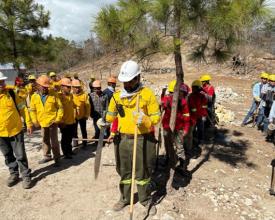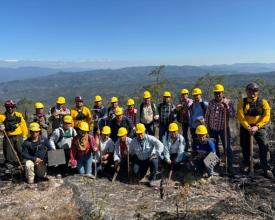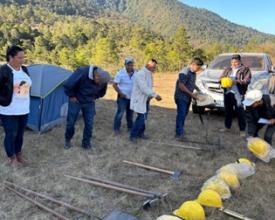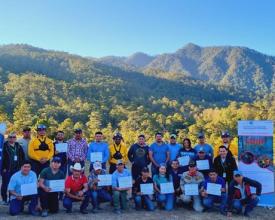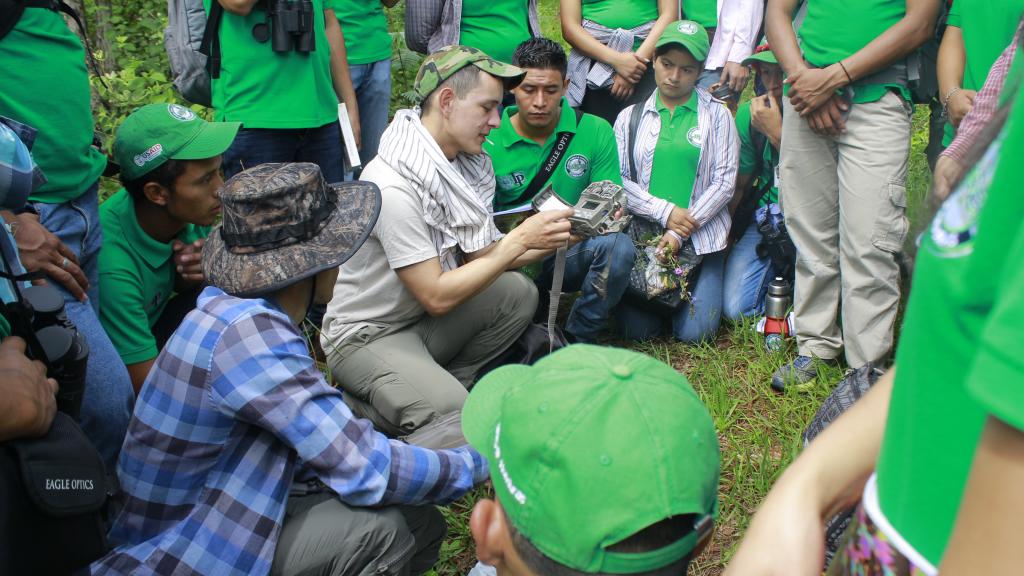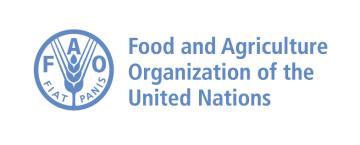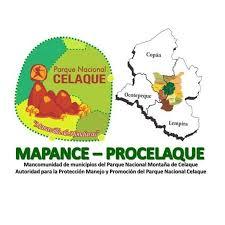
Training of community and institutional crews to fight forest fires using the USFS methodology.
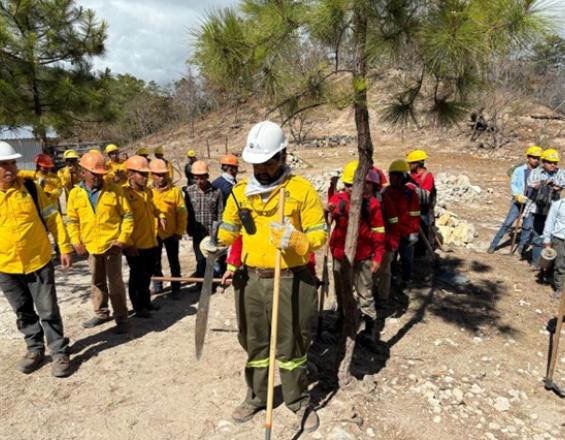
It is one of the fundamental pillars for the conservation of the PNMC where communities and institutions show the interest and importance of forest fire prevention and protection of water-producing areas of the communities. Since 2016, about 30 community crews composed of 8 fighters have been trained and provided with tools.
At the end of these intensive 5-day training sessions, the crews are provided with a basic firefighting kit, which consists of several items such as: a helmet, gloves, scraping tools, masks, long-sleeved shirts, special cotton pants, bandanas, among others. The combatants acquire theoretical knowledge linked to the practical part using the methodology provided by the USFS through specialists trained in fire management.
With the training of these forest fire fighters, the first line of response to incidents that may occur in areas of high ecological value is guaranteed.
Impacts
- 30 community crews integrated by 8 fighters.
- Intense training of forest fighters for 5 days.
- Organization of the first fire prevention and firefighting linear
